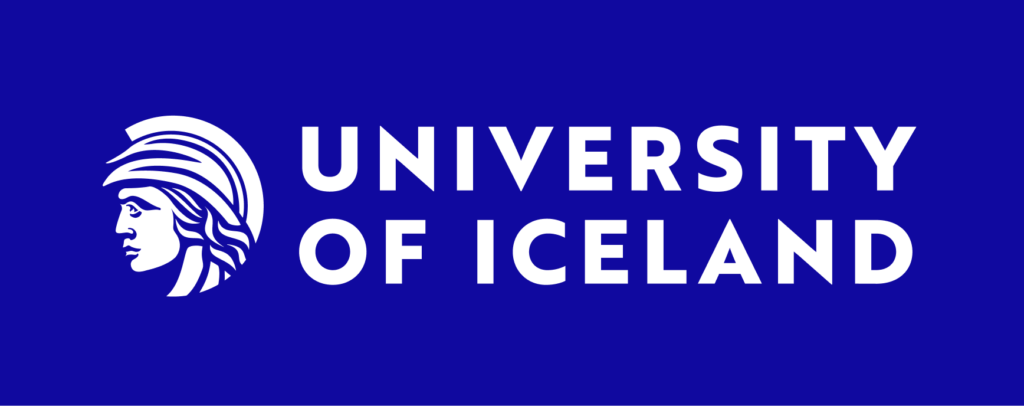The Keynote speakers at NFSUN 2024 at University of Iceland are following:
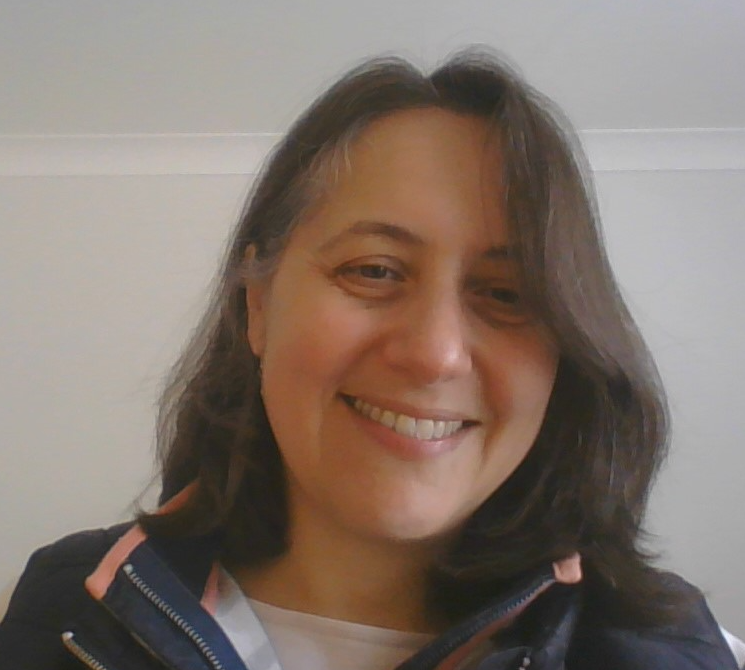
Dr. Laura Colucci-Gray (Laura.Colucci-Gray@ed.ac.uk) is Senior Lecturer in Science and Sustainability Education at Moray House School of Education and Sport, University of Edinburgh (UK). Laura has a long-standing career of teaching and research in science education with a particular focus on the theorisation and design of transdisciplinary and participatory approaches in sustainability education. She has led and has been co-investigator on several interdisciplinary research projects in sustainability education and she has published extensively with a research portfolio spanning contributions across teacher education, ethnographic research in school gardens and interdisciplinary collaborations in citizen science. In 2018, Laura led the first International Research Commission on STEAM education, funded by the British Educational Research Association and she is currently involved in SENSE.STEAM, one of three 1 million Euros projects funded by the Horizon Europe Programme Roadmap to STEAM.
Re-visioning STEAM? The exciting provocation of displacing the visual in science education and re-configure humans and more than humans’ co-habitation in a world in transformation.
Dominant conceptions of STEAM education are strongly framed by narratives of ‘power over’ materials, context, and processes. The siloing and separation of knowledges, languages, tools, and bodies in disciplinary bounded spaces create a physical, emotional and ethical disconnect from the fundamental interdependences that sustain humans in co-habitation with more than human others. In this paper I will argue for a science education that responds to our need for undoing dichotomies of disciplines, de/re-territorialising subject meeting points whereby fostering a passion for STEAM is not given but ‘in-the-making’ (Haraway 2016).
Drawing from an assemblage of visual-material narrative of a series of current projects, in this talk I will offer provocations and insights into the potential of re-visioning STEAM by putting post-humanist ideas to work and read accounts of transdisciplinary practices ‘through one another’ (Karen Barad, 2007, p.30). I will ask what does the vital materialism of Jane Bennett, the agential realism of Karen Barad and Donna Haraway’s practices of becoming-with and making-with one another offer in terms of doing more than merely navigating educational challenges but rather where, as Bell Hooks envisions ‘the classroom remains the most radical space of possibility in the academy (1994, p.12).
Rather than categorising and coding data in a linear fashion, I will illustrate embodied, sensorial and relational practices that invite a reconfiguration (and re-seeing) of analytical research tools with approaches that dismantle binaries and enable everything “to make each other capable” (Haraway, 2016), thus promoting experiments in re-imagining otherwise; of exploring different ways of being and knowing in the world and being educated – otherwise.
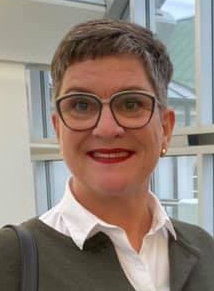
Dr. Auður Pálsdóttir (audurp@hi.is) is an associate professor in social sciences, geography and Sustainability Education in Teacher Education programs at the Faculty of Subject Teacher Education at University of Iceland, School of Education. Auður has lead projects and published research on sustainability education and the UN SDGs within university context, the use of Virtual Reality in student learning in geography education, science school textbook analysis, PISA-findings, and most recently, learners’ vocabulary development with dr. Sigríður Ólafsdóttir expert in literacy and vocabulary studies at School of Education.
Is the challenge of science literacy based on a misguided focus in teaching?
Nordic learners’ performance in the reading and science literacy of PISA by OECD has declined considerably over the last decade. The defined PISA proficiency is in line with the aims of our curricula. Then, why is reading and science proficiency getting worse? How and where can we advance to improve the situation? Extensive international research indicates that to grasp the central meaning of a text an understanding of 98% of the words is required (Hu & Nation, 2000; Laufer & Ravenhorst-Kalovski, 2010; Schmitt et al., 2011). Vocabulary plays thus a pivotal role in reading comprehension. The number of words in each language is countless, and therefore it is useful to divide vocabulary roughly into high- and low frequency words. Drawing from research on reading and science literacy I will ask if science teachers need to change their focus in teaching, taking systematic notice of word frequency in their language. The high frequency words fall into Tier 1, whereas the low-frequency words either belong to Tier 2 or Tier 3. Words in Tier 3 are specialised vocabulary, concepts that have defined meaning within each subject field, e.g. carbon, and multiplication. These words are specially taught by teachers and explained in textbooks (Beck et al., 2013; Roessingh, 2016; Snow, 2016). Words in Tier 2 are however used across diverse disciplines, are more common in academic writing than in oral language but do rarely get the attention in teaching (Calderón o.fl., 2005; Roessingh, 2016; Sigríður Ólafsdóttir et al., 2020). These words do not have a key function in academic texts, but these words support what is explained or discussed. Thus, words in Tier 2 are ‘the tools’ we use to explain words in Tier 3.
Dr. Ásthildur Jónsdóttir (astajons@hi.is) has a PhD from University of Iceland and Doctor of Arts from University of Lapland. She is an independent scholar, artist, researcher and curator living in Helsinki Finland. Her research interests include arts and cultural movements that support sustainability at all levels. She has studied artistic actions for sustainability, community-based art and participatory art practices. For a number of years, she has been involved with issues concerning the ecology of the planet. In her work she is concerned about places/ environment, memories, recollection and identity through authorship and collaboration, questioning individuality, exploring what is unique and what is common. Concepts from critical, place-based education for sustainability, participatory pedagogy, collective efficacy and places /spaces are fundamental to her research interests.
Sustainability Education through Art
This presentation will discuss how art education tackles some of the contemporary struggles of our times. There is a growing interest in learning about the natural sciences through art, as art can bridge gaps between different disciplines. Art has the potential to foster holistic and environmentally conscious learning experiences by providing a creative and reflective space for students to explore, understand, and contribute to.
Art provides a powerful tool for visual communication. Students can use artistic methods to represent data related to environmental trends, climate change impacts, or ecological systems. This enhances their ability to convey complex information in a visually engaging manner. Furthermore, learning about the Anthropocene through holistic educational mechanisms embedded in the field of visual arts allows for individuals to establish knowledge, skills, and values, essential to navigating current salient global challenges. Education through art is therefore an educational approach that has the potential to adequately prepare individuals to contribute to a more sustainable and resilient future. By facilitating an intersectional educational approach, educators are allowing their students to have a more nuance and comprehensive overview of current issues. For instance, artistic actions that reflect on intersections of science, technology, social sciences, and humanities allows students to gain a comprehensive understanding of the worlds geological epoch.
Artistic education promotes creative critical thinking, as students learn to understand the interconnectedness of various Earth systems and human societies. Learning through art encourages an interconnected perspective that aligns with the complex nature of global environmental challenges, allowing students to explore complex sustainability challenges creatively. Moreover, sustainable art projects often involve community engagement. Students can collaborate on initiatives that raise awareness about environmental issues, deepen appreciation for environmental aesthetics, promote sustainable practices, and contribute to positive change within their communities. Students may also develop a lifelong commitment to environmental stewardship, influencing their choices and behaviours in various aspects of their lives.
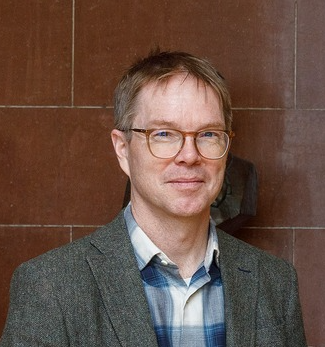
Dr. Ólafur Páll Jónsson (opj@hi.is) is a professor of philosophy at the School of Education, University of Iceland. His published works deal with a variety of topics from philosophy of education, sustainability education, political philosophy, philosophy of nature, legal philosophy, to critical thinking. He has published six books, including Lýðræði, réttlæti og menntun [Democracy, justice and education] and Sannfæring og rök: Gagnrýnin hugsun, hversdagslegar skoðanir og rakalaust bull [Conviction and argument: Critical thinking, ordinary opinions and unfounded bullshit]. He has also published one children’s book, Fjársjóðsleit í Granada that has been translated into Spanish as Búsqueda del tesoro en Granada.
Destructive education or caring competencies
Scholars and laymen alike have looked to education as the means to battle climate crises (which are more crises of humanity than the climate) and various social and political challenges, from increased polarization to armed conflicts. Various scholars have been sceptical about the promise of education, Stephen Sterling wrote in 2001 that education seemed to be sustaining unsustainable values and practices and years before David Orr wrote that “it may even be possible to hear the Creation groan every year in late May when another batch of smart, degree-holding, but ecologically illiterate, Homo sapiens […] eager to succeed are launched int the biosphere” (Orr, 1994/2004, p. 5). These are not mere pessimistic remarks from disappointed men, it is well documented that there is a “clear, positive correlations between educational accomplishment and per capita CO2 emissions” (Rappeley et al., 2024). Something is wrong with current education. Educational objectives are usually given in terms of competences which relate both to our intellectual capacity, moral standing, and agency. If we look at the world around us – especially the well-educated countries – it is obvious that people are too competent, have too much agency, are too powerful. It is in virtue of our competences that we are ruining the living conditions for humans on the planet. Something has gone wrong. But perhaps we do not have too many competences, but wrong competences. Perhaps we lack competences related to caring for nature, appreciating the beauty of the world, and the competence of being satisfied with what we have. Such competences are often thought of as belonging to the soft disciplines – the humanities in particular – and perhaps the A in STEAM. By reflecting on the scientific work of some famous scientists, such as Isac Newton, Rachel Carson, Barbara MacClintock, I will argue that such a view is mistaken; affective competences are inherent in all of the disciplines indicated by all the letters of STEAM. If STEAM education is about introducing the way people think and work in sciences, central to such teaching must be the cultivation of a desire to understand, which relates no less to the desire (affective part) as to the understanding (cognitive). The two must go hand in hand.
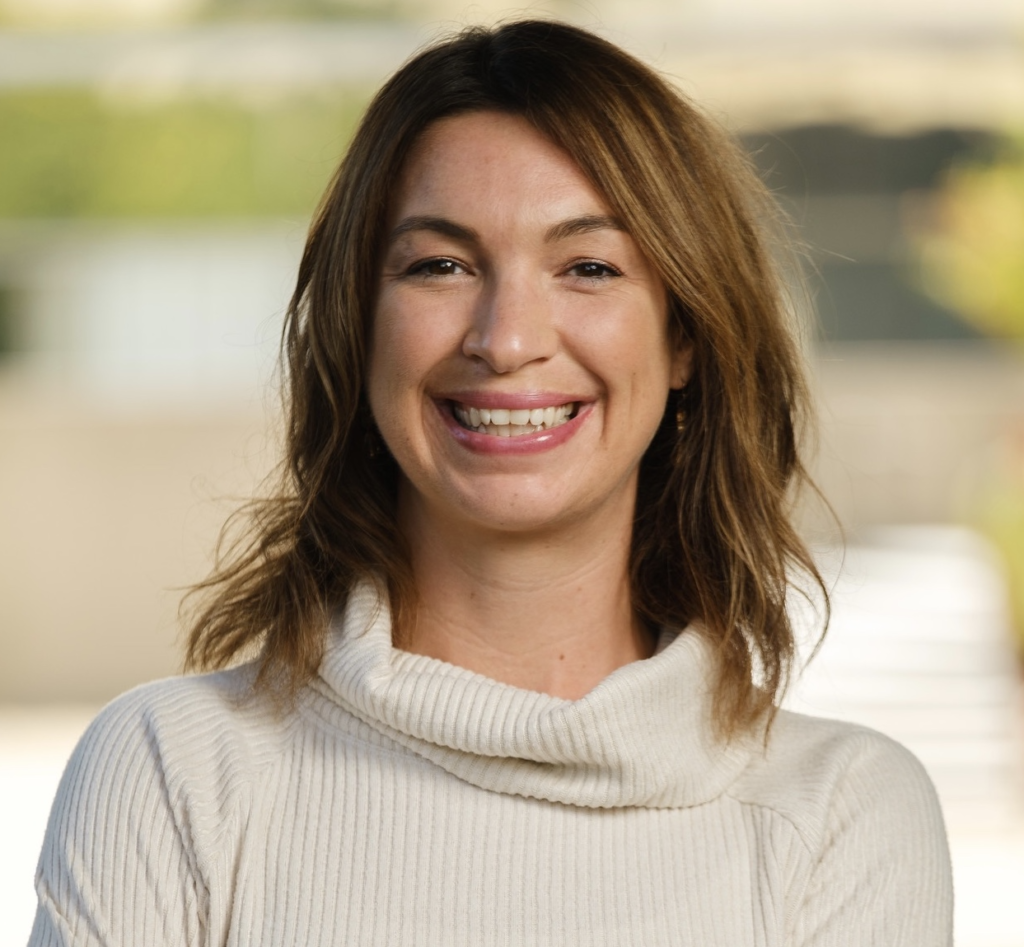
Dr. Meghan Orman (mco29@pitt.edu) has as a former Montessori preschool teacher research interests in applied child development across a wide range of educational settings including community spaces, schools, and homes. She is particularly interested in how young children form relationships with nature and the potential for these relationships to support human and environmental well-being. Most recently, she completed a Fulbright-National Science Foundation Arctic Research fellowship in Iceland where she developed a self-report measure of nature connection for preschool children. As a scholar, she is committed to community engaged research to ensure her work is relevant, useful, and always situated within larger community building processes.
Re-envisioning the Role of Nature in STEAM Education
The world today is experiencing catastrophic disruption to natural ecosystems with extreme threat to human and environmental well-being. STEAM education plays an important role in addressing climate change by fostering critical thinking and collaborative problem solving in children and youth. However, while it is important to think about how STEAM education can help nature, it is also important to think about how nature might help STEAM education. In this talk, I will discuss the role of nature, and specifically nature connection, in STEAM education. Nature connection refers to an individual‘s psychological relationship with the natural world. Nature connection is associated with pro-environment and sustainable behaviors in children and adults and is commonly considered to be an important aspect of education for sustainability and environmental education. In this talk, I will explore the theoretical and empirical evidence supporting the use of nature in STEAM education and the importance of fostering nature connection in children and youth as they engage in STEAM education. The main theme will be that connecting children and youth to nature can inspire engagement in STEAM education targeted towards addressing issues of climate change. Practical suggestions for connecting children and youth to nature in STEAM contexts will also be explored.

